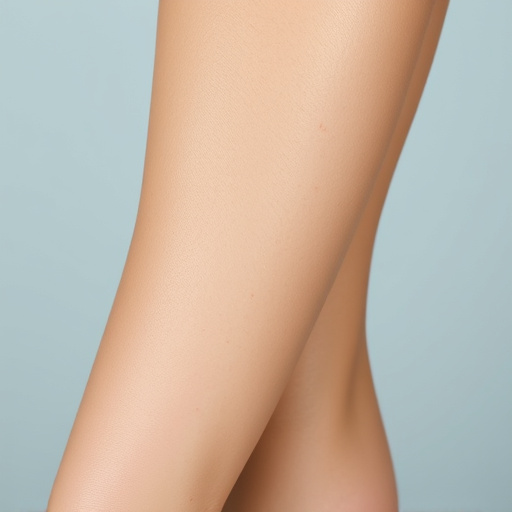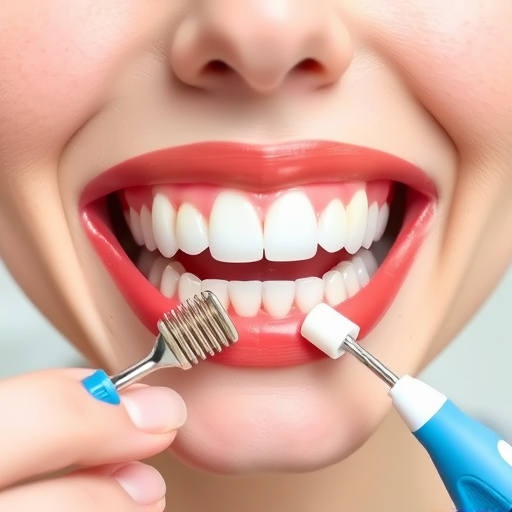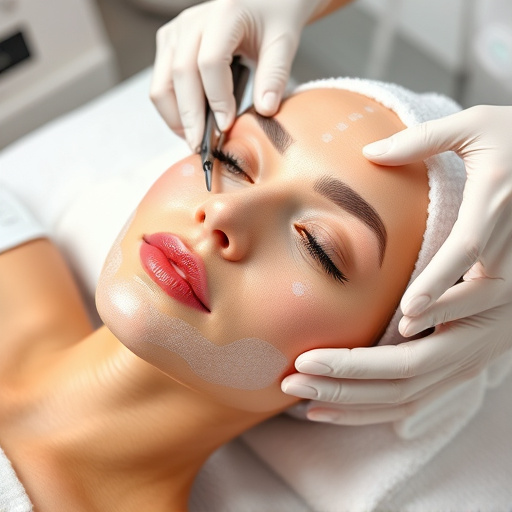Modern permanent hair removal techniques, including laser therapy, microneedling, and skin rejuvenation, offer effective and safe solutions. Results vary based on hair type, growth cycle, area treated, and procedure quality. While existing methods like laser and intense pulsed light (IPL) are not truly permanent, emerging trends focus on longer-lasting solutions through collagen stimulation and novel treatment combinations.
Is permanent hair removal truly a reality in today’s world? While many claim permanent solutions exist, the effectiveness and longevity of these treatments are often debated. This article delves into the current technologies shaping the hair removal landscape. We explore factors influencing the durability of procedures like laser and electrolysis, and look ahead to future innovations that may redefine permanent hair removal. By understanding these advancements, you’ll gain insights into what truly makes a treatment long-lasting.
- Understanding Current Hair Removal Technologies
- Factors Affecting Longevity of Hair Removal Treatments
- Exploring Future Prospects for Permanent Hair Removal
Understanding Current Hair Removal Technologies

Today’s permanent hair removal methods have evolved significantly, offering a range of technologies designed to target hair follicles from various angles. Each technique leverages advancements in dermatology and aesthetics to ensure effectiveness and safety. One prominent approach involves laser therapy, which uses concentrated light energy to destroy hair follicles, thus inhibiting hair growth. This method is particularly popular due to its non-invasive nature and ability to treat large areas at once.
Another promising technology gaining traction is microneedling therapy, where tiny needles are used to puncture the skin’s upper layer, stimulating collagen production and improving skin texture alongside potential hair removal benefits. Additionally, treatments like skin rejuvenation and pore refinement often incorporate hair removal as a side benefit by refining the overall skin surface, leaving it smoother and potentially reducing the visibility of unwanted hairs.
Factors Affecting Longevity of Hair Removal Treatments

Several factors influence the longevity of permanent hair removal treatments today. Firstly, the type of hair and its growth cycle plays a significant role. Coarse, darker hairs that grow rapidly are generally easier to remove permanently compared to finer, lighter hairs which grow slower. The area being treated also matters; areas with higher concentrations of hair follicles, like the legs or underarms, tend to show better results than others.
Additionally, the quality and expertise of the treatment procedure and products used are crucial. Modern permanent hair removal methods, such as laser treatments or intense pulsed light (IPL), have advanced significantly, offering longer-lasting results when performed by qualified professionals. Even so, these treatments aren’t foolproof; touch-ups might be needed over time to maintain optimal outcomes, similar to how regular maintenance is required for other beauty procedures like body contouring or anti-aging treatments, and even skin brightening routines.
Exploring Future Prospects for Permanent Hair Removal

The future of permanent hair removal looks promising, with advancements pushing the boundaries of what’s possible. While current methods like laser and intense pulsed light (IPL) technologies have achieved significant success, they are not entirely irreversible. However, ongoing research and development in dermatology point to exciting prospects for long-lasting, if not truly permanent, solutions.
One area gaining traction is microneedling therapy, which involves creating tiny channels in the skin to stimulate collagen production and improve product absorption. When combined with targeted topical treatments, this approach shows potential for refining pore sizes and reducing hair growth over time. Additionally, novel combinations of aesthetic treatments, such as chemical peels and targeted laser applications, are being explored to deliver even more effective results. These future prospects not only offer longer-lasting solutions but also enhance the overall aesthetic appeal, addressing both functional and cosmetic concerns related to unwanted hair.
Today, while permanent hair removal is marketed as a definitive solution, the longevity of results varies significantly across different technologies and individual factors. Despite advancements in laser and light-based treatments, no method achieves true permanence for everyone. Future innovations in targeted hair follicle destruction and improved skin conditioning could bring us closer to the ultimate goal of long-lasting, if not permanent, hair reduction. For now, consumers should be discerning, understanding that consistent maintenance is often required to maintain reduced hair growth.














